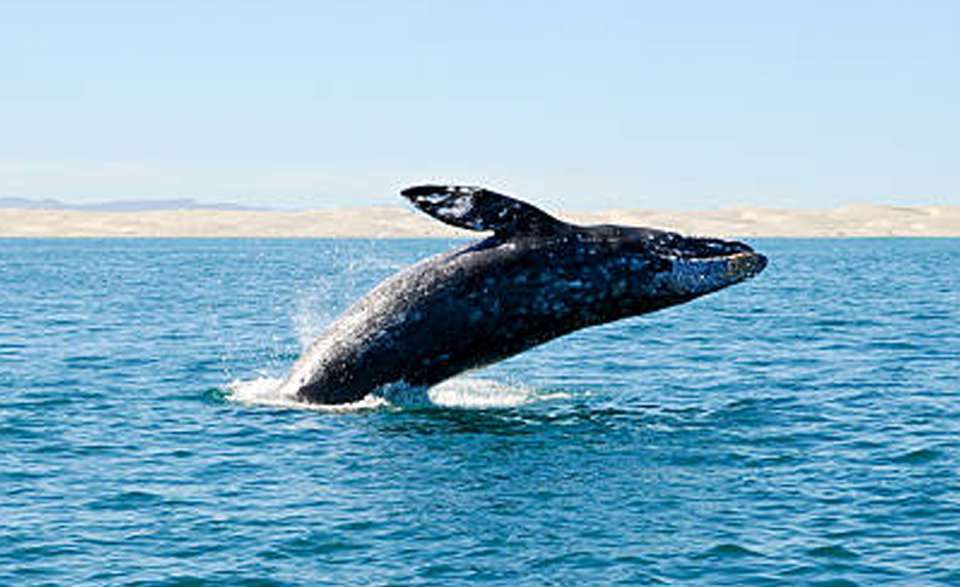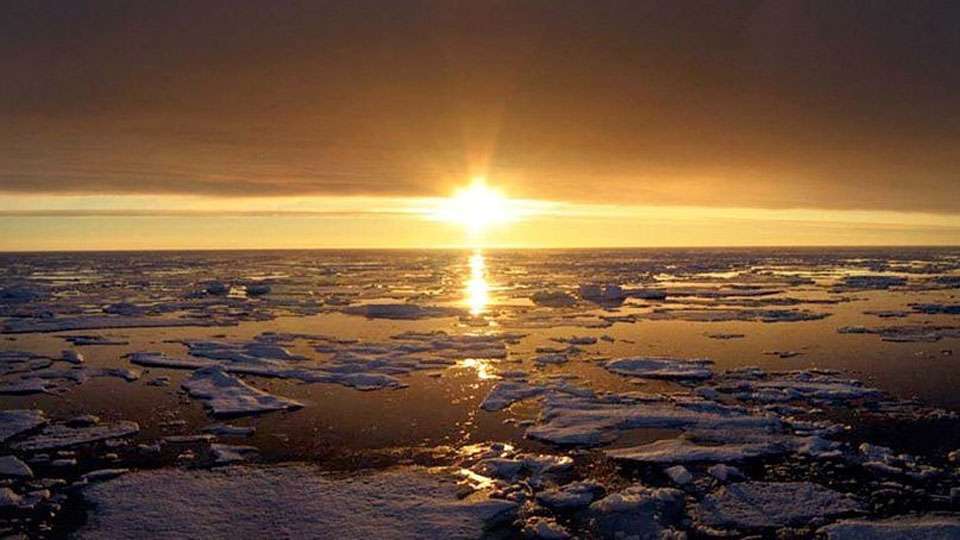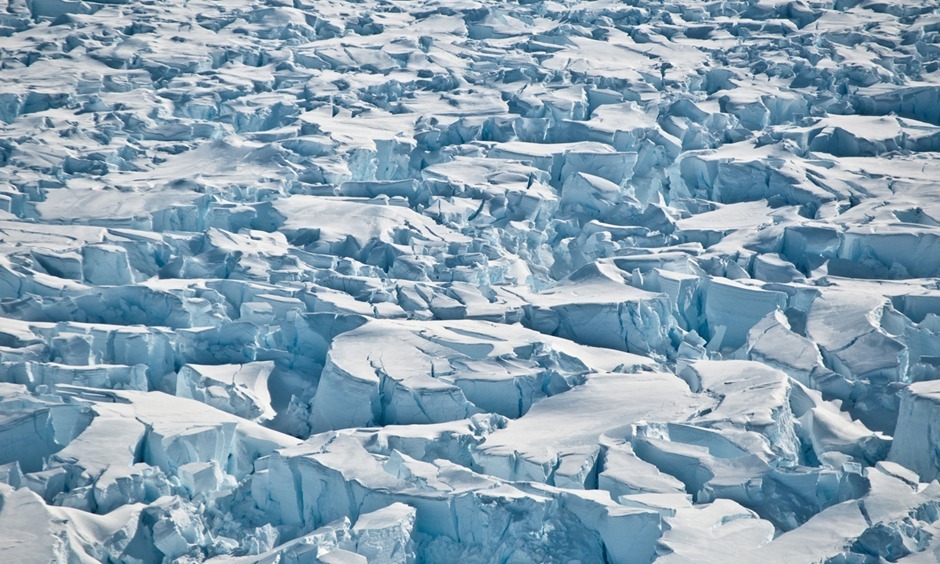
A new study has found that dynamic and changing Arctic Ocean conditions have caused three major mortality events in the eastern North Pacific grey whale population since the 1980s. The population was reduced by up to 25% over just a few years during each of these die-offs, including one that began in 2019 and is ongoing. This extreme population swing was not expected in large, long-lived species like gray whales.
A study by Joshua Stewart, an assistant professor at Oregon State University’s Marine Mammal Institute, found that the gray whale population experienced significant shocks when their prey availability in the Arctic is low and they cannot access their feeding areas due to sea ice. The study also found that the unfavourable Arctic conditions that led to two die-offs in the 1980s and the 1990s were not permanent, and the population quickly rebounded as conditions improved. The study suggests that the recovery of a healthy baleen whale population is more of a bumpy ride in response to highly variable and rapidly changing ocean conditions.
Eastern North Pacific gray whales, currently numbering around 14,500, migrate over 12,000 miles annually along the Pacific Coast, from warm waters off Baja California, Mexico, to cold, productive waters of the Arctic for food. Researchers at the National Oceanic and Atmospheric Administration Southwest Fisheries Science Center have been conducting long-term population monitoring studies since the 1960s, tracking abundance, birth and death rates, and body condition using aerial images. This research has made the Eastern North Pacific gray whale population the most closely studied large whale population on the planet, providing a unique window into the species’ population dynamics.
The gray whale population, hunted to near extinction before a whaling moratorium was enacted, has been viewed as a conservation success story due to its rapid recovery in the post-whaling era. In 2019, when a high number of gray whale strandings began occurring along the Pacific coast, researchers at the Southwest Fisheries Science Center began looking at the long-term data to understand what might be driving the unusual mortality event. By combining long-term data sets on the gray whale population with extensive environmental data from the Arctic, they determined that the two “Unusual Mortality Events” declared by NOAA in 1999 and 2019 were tied to sea ice levels in the Arctic and the biomass of seafloor-living crustaceans that gray whales target for food.
Researchers have found that years with less summer sea ice in gray whales’ Arctic feeding areas provided increased foraging opportunities, benefiting the population. However, in the long term, decreasing sea ice cover due to rapid and accelerating climate change is likely not beneficial to gray whales. Benthic amphipods, the calorie-rich prey that gray whales prefer, are sensitive to sea ice cover, as algae that grow underneath sea ice sink to the seafloor, enriching the amphipod population.
Less ice leads to less algae reaching the seafloor, warmer water favoring smaller benthic crustaceans, and faster currents that reduce habitat for gray whales’ preferred prey. These factors are converging to reduce the quality and availability of food for gray whales, ultimately leading to die-offs. The most recent mortality event is still considered ongoing and has continued significantly longer than the two earlier events. The climate change component may be contributing to a long-term trend of lower-quality prey. Gray whales have lived through hundreds of thousands of years of environmental change and have adapted to changing conditions, making extinction due to climate change unlikely.






